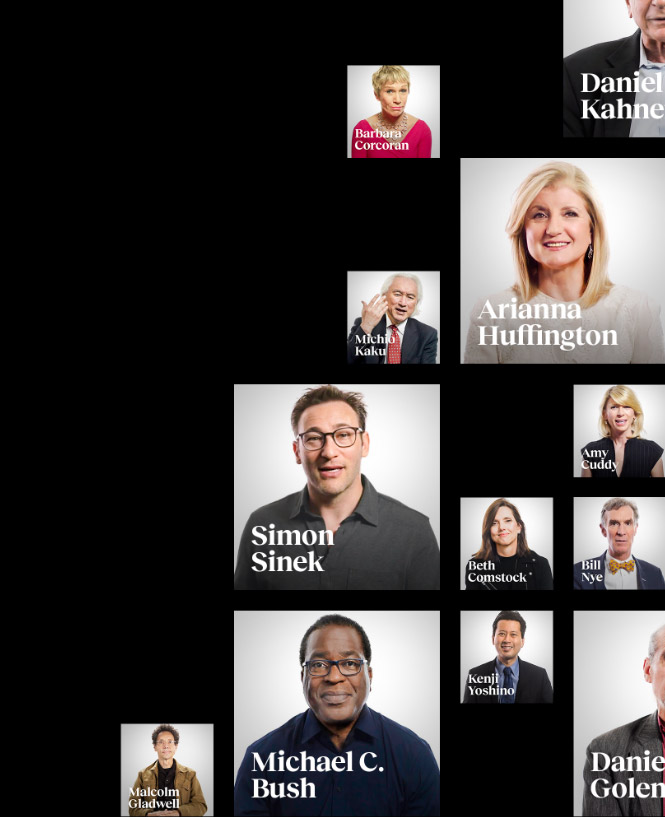Why successful leaders are wary of the “too much talent effect”

- Professional sports provide a fascinating laboratory for studying leadership and team dynamics in business.
- Simply adding more talented players to a team does not yield increasing benefits.
- The greatest sports teams consistently balance strategy and talent — and the same is true in business.
At the Center for Creative Leadership (CCL), we look for insights to advance the understanding, practice, and development of leadership for the benefit of society worldwide across a range of settings that share the same goals: meeting performance objectives and staying ahead of the competition.
Picture a game for your favorite sports team. The lights are bright, the crowd is roaring, and the teams are vying for victory. Now, imagine a boardroom, in a private company, a not-for-profit organization, or a tech startup. In each of these settings, leaders may be tempted to rely exclusively on their star performers. After all, these team members often have an outsized impact on a team’s performance and shine brighter than others. Our latest research suggests that banking on your MVPs is akin to trying to score with just one player. Instead, our findings point to a need to develop the whole team’s roster to ensure every player is primed to bring their A-game.

Before diving into our findings, it’s helpful to review the methods we used to reach them. Our research approach involved analyzing relatively large, longitudinal, event-based, archival data. This type of data offers several key advantages in our quest to understand team dynamics and performance. First, it allows us to control for different features of a team, giving us the ability to isolate specific variables and understand their impact on the team’s effectiveness. Second, the longitudinal nature of the data enables us to examine how team dynamics shift and change over time, providing a comprehensive view of how teams evolve. Third, our focus on objective measures of performance ensures that our findings are grounded in quantifiable results, rather than subjective interpretations.
Laboratory for leadership
Put simply, professional sports, with its consistent rules, season-long schedules, and objective performance measures, provide a fascinating laboratory for studying leadership and team dynamics.
Based on data from the National Football League (NFL), National Hockey League (NHL), and soccer World Cup, we’ve identified three key findings for team effectiveness.
Although these findings emerged from the world of sports, they have three profound implications for teams in business and organizational settings:
#1 Success is about more than just top talent. Research conducted in both sports settings and using teams of financial analysts and sales representatives has consistently found that simply adding more talented players to a team does not yield increasing benefits. In fact, there’s often a point at which adding star players results in diminishing returns, an effect so pervasive that it’s been dubbed the “Too Much Talent Effect.” For instance, CCL found that the amount of money NHL teams spend on players is only a weak predictor of success and spending more on player salaries does not significantly increase a team’s likelihood of winning. Similarly, we found during the 2021 NFL season, teams with the most star-studded rosters didn’t necessarily win more games. Even during the soccer World Cup, where some teams can field an entire roster of stars, the most talented teams often struggle to make it to the finals, let alone win the entire tournament.
#2 Successful teams rarely exhibit a bottom-line mentality. While it may seem like scoring is the ultimate predictor of success, our research has found that NHL players are rewarded based on a range of statistics, not just the number of goals they score. Similarly, the most successful NFL teams often find a balance between how much they pay their stars and their supporting players. For example, some teams in the 2021 season spent up to 15 times more on their star players, while others, like the New England Patriots, were much more frugal.
#3 Adaptability and resilience are key. Our research found that there’s no clear trend of teams performing increasingly better or worse over a season. Instead, teams, even Stanley Cup winners, regularly go through “ups” and “downs” throughout the year. This variability is expected and is not necessarily a sign of a poor-performing team. Similarly, our ongoing research on top-tier soccer teams across Europe found that the teams’ available talent and coordination strategies fluctuated from match-to-match throughout the season. Our initial findings suggest that the most successful teams are those that could continuously find the right fit between their playing strategy and available talent.
Key recommendations for leaders
Taken as a whole, these findings highlight the significant role of coaching and development while demonstrating the role of the so-called “intangibles” in creating successful teams.
Based on these insights, as well as other research we’ve conducted, here are several recommendations for leaders hoping to build effective, well-rounded teams:
- Start with understanding your own strengths and weaknesses and then decide on the priorities for building out the team. Is the primary focus on finding complementary skill sets, or is the right attitude more important?
- Once the team is formed, developing a strategy for your talent is crucial. Will you distribute the workflow to maximize everyone’s talents or does your team’s assignment align better with a centralized approach where key tasks are completed by a single individual?
- Once the team is in place, it is helpful to consider four different areas of team effectiveness: establishing a strong core by having the right people and practices in place and knowing the team’s purpose; cultivating a collective mindset so everyone on the team knows their roles and understands who possesses key information; building cohesive relationships defined by trust and a shared sense of psychological safety; and forming connections with other teams and stakeholders through intentional and proactive boundary spanning. Just as sports teams navigate the highs and lows of a season, leaders also must revisit each of these four aspects of team effectiveness. Resist the temptation to treat them like a playbook — this is not a static game plan, but a dynamic strategy that evolves with every pass, every turnover, every victory.
Whether you’re onboarding new employees or celebrating a hard-fought win, remember that every milestone is an opportunity to revisit, revamp, and reinvigorate your team’s development.





